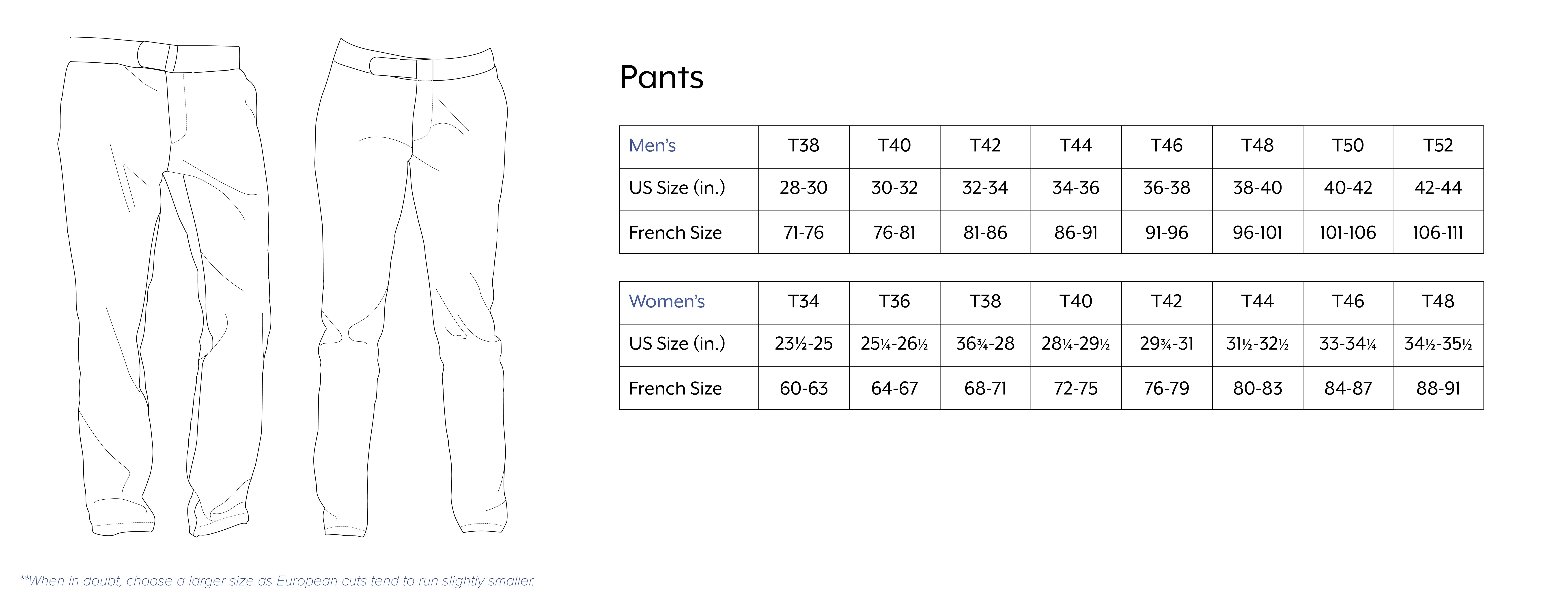Womens Pants From Mens Styles

The lines between traditional men’s and women’s fashion have been blurring, with many styles once considered strictly masculine now being effortlessly adopted by women. This shift in fashion trends is perhaps most evident in the realm of pants. Women’s pants inspired by men’s styles have become a staple in many wardrobes, offering comfort, versatility, and a fresh take on traditional feminine attire. Let’s explore this phenomenon and how it reflects broader cultural and fashion trends.
Historical Context: The Evolution of Unisex Fashion
The concept of unisex clothing is not new. Throughout history, certain items of clothing have crossed gender lines, reflecting cultural, social, and economic changes. For instance, during World War II, women’s adoption of more masculine attire, including pants, was driven by practicality as they entered the workforce in greater numbers. This historical precedent set the stage for future blurring of gender lines in fashion.
Today, the resurgence of interest in unisex or gender-neutral fashion is part of a larger conversation about identity, expression, and inclusivity. The fashion industry, known for its influence on culture and society, has been at the forefront of this movement, with designers creating collections that defy traditional gender norms.
Men’s Styles Adopted by Women
Several men’s styles have been particularly popular among women:
Straight-Leg and Slim-Fit Jeans: Originally designed for men, these styles have been adopted by women for their comfort and versatility. They can be dressed up or down and are suitable for a wide range of occasions.
Chinos and Khakis: These pants, traditionally part of men’s business casual attire, have become favorites among women for their lightweight fabric, comfort, and neutral color palette that pairs well with almost anything.
Carpenter Pants: With their practical pockets and relaxed fit, carpenter pants have transitioned from workwear to everyday fashion for women, offering a unique blend of utility and style.
Oversized Pants: Inspired by men’s loose-fitting styles, oversized pants for women have become a fashion statement, often paired with fitted tops to create a balanced look.
Cultural and Social Factors
The adoption of men’s pant styles by women can be attributed to several cultural and social factors:
Comfort Over Convention: There’s a growing preference for comfort without compromising on style. Men’s styles, with their emphasis on ease and practicality, have filled this gap.
Gender Fluidity: The increasing acceptance of gender fluidity and non-binary identities has led to a decrease in rigid gendered fashion norms, allowing for a more expressive and inclusive approach to dressing.
Fashion as Expression: Clothing is a powerful form of self-expression. By embracing traditionally masculine styles, women are exercising their freedom to choose how they present themselves, challenging and evolving traditional notions of femininity.
Impact on the Fashion Industry
This trend has significant implications for the fashion industry, from design and marketing to consumer behavior:
Redefined Target Audiences: Brands are being forced to rethink their target demographics, recognizing that gender is no longer a reliable indicator of consumer preferences.
Inclusive Marketing: There’s a shift towards more inclusive marketing strategies, where campaigns feature diverse models and encourage consumers to explore beyond traditional gender categories.
Sustainable Fashion: The blurring of gender lines in fashion also touches on sustainability, as it promotes the idea of sharing clothes and reducing waste by not adhering to strict gendered purchasing habits.
Conclusion
The phenomenon of women adopting men’s pant styles reflects a broader cultural shift towards inclusivity, comfort, and self-expression in fashion. As society continues to evolve, it will be interesting to see how fashion responds, potentially leading to a future where clothing is less about gender and more about personal style and preference. This evolution not only challenges traditional gender norms but also opens up new avenues for creativity and expression in the fashion world.
FAQ Section
What is driving the trend of women wearing men’s style pants?
+This trend is driven by factors including a desire for comfort, the blurring of gender lines in fashion, and the influence of cultural and social changes that promote inclusivity and self-expression.
How has the fashion industry responded to this trend?
+The fashion industry has responded by incorporating more gender-neutral and unisex designs into their collections, adopting inclusive marketing strategies, and challenging traditional gender norms in fashion.
What are some popular men’s styles that women have adopted?
+Popular styles include straight-leg and slim-fit jeans, chinos and khakis, carpenter pants, and oversized pants, which offer comfort, practicality, and a fresh take on traditional feminine attire.

